57 F. high in the Twin Cities Friday. Average high for October 14 is 59. Last year:
69 F.
Paul's Conservation Minnesota Outlook for the Twin Cities and all of Minnesota:
SATURDAY: Partly sunny and seasonably cool. Gusty winds. NW 10-20+ High: 58
SATURDAY NIGHT: Mostly cloudy, few showers possible over far southern MN (probably passing south of MSP metro). Low: 44
SUNDAY: Some sun, brisk. Passing PM shower or sprinkle, but most of the day will be dry. High: 59
MONDAY: Plenty of sun, light jacket weather. Low: 40. high: 57
TUESDAY: Patchy clouds, cold enough aloft for a few flakes north? Low: 36. High: 49
WEDNESDAY: First metro frost? Blue sky. Low: 33. High: 50
THURSDAY: Another clipper, intervals of sun. Low: 36. High: 56
FRIDAY: More sun, less wind, milder. Low: 42. High: 58
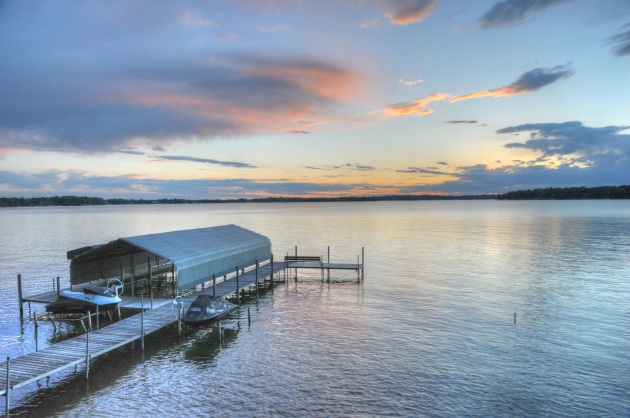
"...
For nearly all communities in the state (of Minnesota), October temperatures have been the warmest since either 1963 or 1938." - from Professor Mark Seeley in this week's WeatherTalk blog; details below.
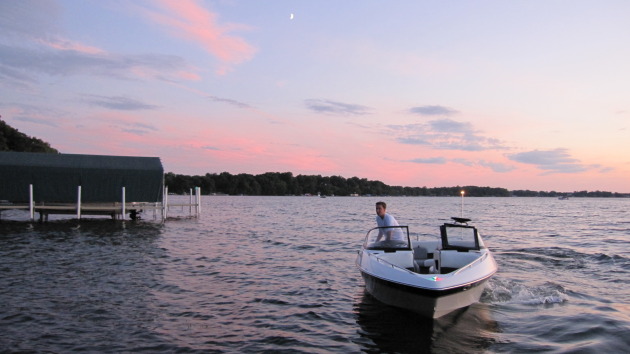 2nd warmest October 1 - 13 period since 1879
2nd warmest October 1 - 13 period since 1879 for the Twin Cities (source: Pete Boulay, MN State Climate Office).
Highest Average Average Temperature degrees F
Days: 10/1 - 10/13
Length of period: 13 days
Years: 1850-2011
Rank Value Ending Date
1 67.9 10/13/1879
2 66.7 10/13/2011
3 62.8 10/13/1938
4 62.4 10/13/1997
5 61.1 10/13/1930
 Wave Heights
Wave Heights. The
map above is courtesy of NOAA, valid 8 pm on Saturday. The NWS has issued a
Storm Warning for Lake Superior. Winds are expected to gust up to 51 knots (60 MPH). Maximum wave heights of up to 39 feet are expected with this storm.
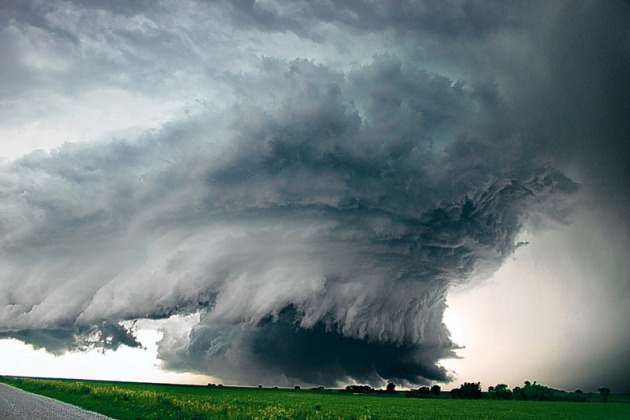 1,805 tornadoes
1,805 tornadoes in 2011 nationwide.
More tornadoes in North Carolina (107) than Texas (105) this year. Source:
SPC. More details below.
 A Very Soggy Year In The Big Apple
A Very Soggy Year In The Big Apple. The latest New York City data from NOAA:
...THE FOURTH WETTEST YEAR AT CENTRAL PARK...
SO FAR...61.86 INCHES OF PRECIPITATION HAS FALLEN AT CENTRAL PARK
FROM JANUARY 1 THROUGH 1100 AM TODAY OCTOBER 14...MAKING 2011 THE
FOURTH WETTEST YEAR RECORDED AT CENTRAL PARK.
THIS IS 22.31 INCHES ABOVE NORMAL FOR THE YEAR TO THIS DATE. RECORDS
DATE BACK TO 1869.
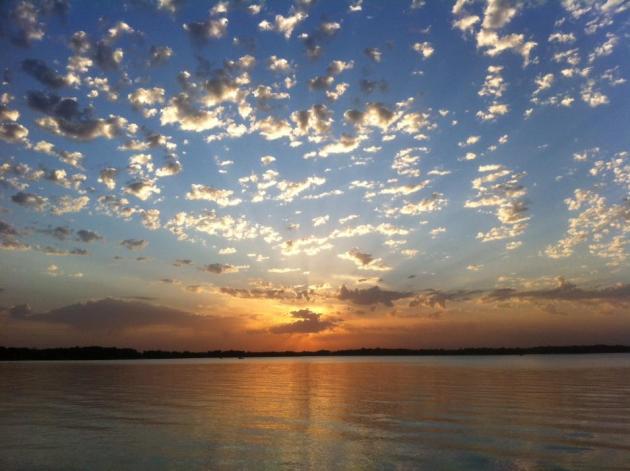 Warmest First 2 Weeks Of October.
Warmest First 2 Weeks Of October. Here are some impressive statistics about our early October warmth, courtesy of Mark Seeley in his blog, Minnesota Weathertalk: "
Many Minnesota weather observers have reported the warmest first two weeks of October, averaging from 12 to 14 degrees F warmer than normal. For nearly all communities in the state October temperatures have been the warmest since either 1963 or 1938. Though temperatures are expected to decline over the next several days, another warming trend is forecast for later next week. "
 Strongest Storms/Winds of 2011
Strongest Storms/Winds of 2011. Dr. Mark Seeley has a
very good summary of Minnesota's severe weather season, with input from Todd Krause at the local National Weather Service office in Chanhassen: "
31 tornadoes in MN during 2011, strongest were two EF-2 storms (111-135 mph winds), one in Houston County on May 22 and one July 1st near Tyler in Lincoln County. (map above courtesy of
SPC; tornado reports in red).
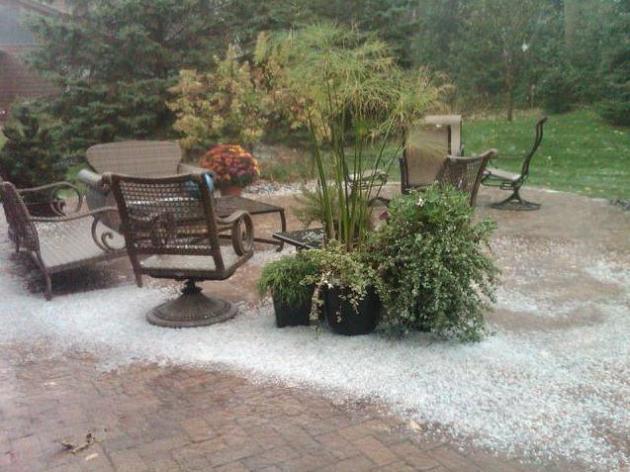 Largest hail reported in the state: 2.75" diameter (baseball size) in Houston County on April 10th; 3.2" diameter in Mille Lacs County on May 10th; 4.25" diameter (softball size) in Meeker County, 4" diameter in Pine County, 3.5" diameter in Benton County, 3" diameter in Stearns County, and 2.75" (baseball size) in Renville, Wright, and Sherburne Counties all on July 1st.
Largest hail reported in the state: 2.75" diameter (baseball size) in Houston County on April 10th; 3.2" diameter in Mille Lacs County on May 10th; 4.25" diameter (softball size) in Meeker County, 4" diameter in Pine County, 3.5" diameter in Benton County, 3" diameter in Stearns County, and 2.75" (baseball size) in Renville, Wright, and Sherburne Counties all on July 1st.
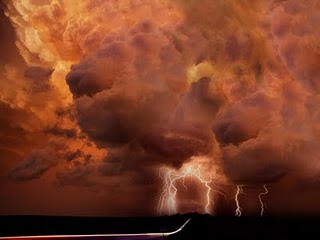 Most significant wind storms: July 1st in Redwood County several people reported wind damages associated with 100 mph winds; also on July 1st stations in Yellow Medicine and Renville Counties reported 70-90 mph winds; August 1st weather stations in Pope County reported winds up to 120 mph which knocked down transmission towers near Glenwood; September 1st in Kittson County a wind of 121 mph was measured; 80 mph wind in Roseau County on July 4th and near Sauk Center on July 10th; Kittson, Roseau, and Marshall Counties reported winds of 85-95 mph on July 20th; Polk County reported winds up to 90 mph on July 24th; and Big Stone County reported winds up to 95 mph on July 26th
Most significant wind storms: July 1st in Redwood County several people reported wind damages associated with 100 mph winds; also on July 1st stations in Yellow Medicine and Renville Counties reported 70-90 mph winds; August 1st weather stations in Pope County reported winds up to 120 mph which knocked down transmission towers near Glenwood; September 1st in Kittson County a wind of 121 mph was measured; 80 mph wind in Roseau County on July 4th and near Sauk Center on July 10th; Kittson, Roseau, and Marshall Counties reported winds of 85-95 mph on July 20th; Polk County reported winds up to 90 mph on July 24th; and Big Stone County reported winds up to 95 mph on July 26th."
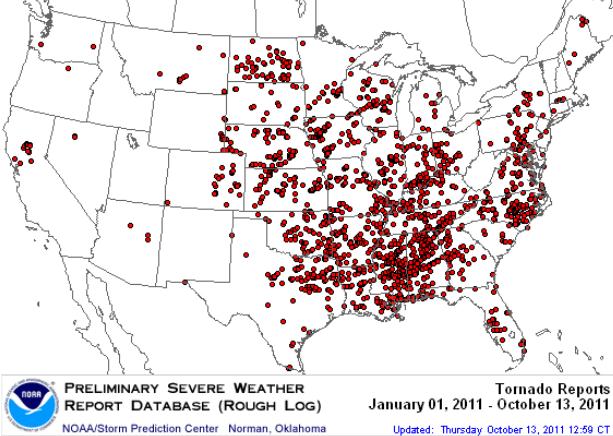 2011 Tornado Count
2011 Tornado Count. As of October 14:
1,805 (preliminary) tornadoes from coast to coast, touch downs in ever state except for Utah, Idaho, Vermont and New Hampshire. Data courtesy of NOAA's
SPC. A few state tornado counts for '11:
Alabama:
166 (most in the USA)
Mississippi:
155
North Carolina:
107
Texas:
105
Iowa:
68
Wisconsin:
49
Minnesota:
31
Tornado And Severe Weather Lash Washington D.C. Metro Area.
NBC Washington has the details: "
The National Weather Service confirmed a tornado touched down near the interstate highway in Northern Virginia. People stuck in traffic on the highway used their cell phones to take pictures and video of the twister, which crossed over I-95 near Quantico around 5:30 p.m. Darlene Brock, who sent in video of the storm, said it only took a few seconds for the funnel cloud to form. Severe weather struck around the Washington region Thursday evening. Some of the worst storm damage is in Vienna. The strong winds knocked over trees and power lines along Hunter Mill Road and Wickens Road."
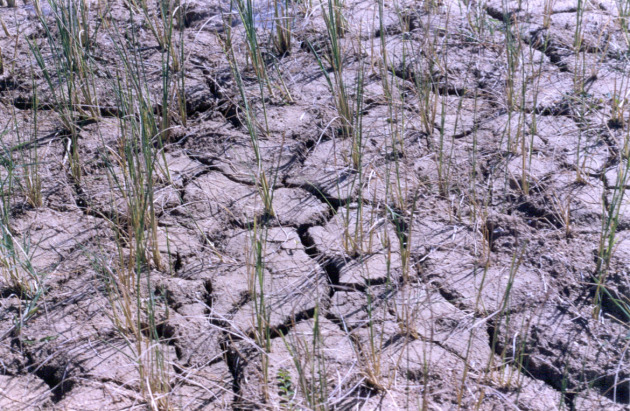 Entire State Of Louisiana Designated USDA Disaster Area
Entire State Of Louisiana Designated USDA Disaster Area.
Delta Farm Press has the details: "
The USDA has designated the entire state of Louisiana, which includes 64 parishes, as natural disaster areas due the combined effects of severe storms, tornadoes, severe spring flooding, Tropical Storm Lee, widespread drought and excessive heat that began in January and continues.
“Louisiana producers can continue to count on USDA to provide emergency assistance during difficult times,” said Agriculture Secretary Tom Vilsack. “America’s farmers and rural communities are vitally important to our nation’s economy, producing the food, feed, fiber and fuel that continue to help us grow and out-compete the rest of the world. President Obama and I arecommitted to using the resources at our disposal to reduce the impact of Tropical Storm Lee and other disasters affecting Louisiana producers and help to get those affected back on their feet.”
Farmers and ranchers in the following counties in Arkansas, Mississippi and Texas also qualify for natural disaster assistance because their counties are contiguous."
Small Villages Devastated By "Jova". The Category 2 hurricane that struck the Pacific coast of Mexico on Wednesday didn't hit any heavily populated areas, but as
CNN reports - coastal damage was extensive: "
Hurricane Jova was not as damaging as other storms have been, but for small Mexican villages, it was hardly benign. Mexican villages who were in Jova's path face a prolonged recovery from the heavy rains and flooding that affected them this week. The city of Manzanillo on Mexico's Pacific coast bore the brunt of Jova. It was especially hit hard by the fierce rains of the storm. By Friday, the cleanup process was underway and many of the rivers that flooded were receding, but smaller villages are not faring as well. In the village of Chavarin, on the outskirts of Manzanillo, floodwaters still inundated farmland, homes, roads and highways."
Bangkok Digs In As Floods, High Tides Merge. An area roughly the size of Spain is under water across southern Asia, from Thailand and Laos to Vietnam and Cambodia.
CNN has more details:
"Thailand's devastating floodwaters are draining southward towards Bangkok Friday, and residents have been told to prepare for the worst when the spring high tide and a huge volume of water flowing down the Chao Phraya River merge over the next couple of days. Workers in the city are rushing to shore up barriers and warnings have been posted for the northern suburbs. "Between seven and eight billion cubic meters of water a day is being released from the Bhumibol Dam in the north of the country, which is heavily affecting provinces like Nahkon Sawan and Ayutthaya," government official Wim Rungwattanajinda told CNN. "From that, about one to 1.2 billion cubic meters of water is reaching Bangkok every day." So far, 283 people have been killed and two people are missing in Thailand, according to the government website Thaiflood.com. Some 61 of the country's 76 provinces have so far been affected, impacting more than eight million people. More than 500,000 square kilometers -- an area the size of Spain -- are affected by the floods in Thailand, Cambodia, Vietnam and Laos, according to CNN meteorologist Jenny Harrison."
Amazing Light Show. Photojournalist Jeff Gammons has captured some of the most incredible still images and time lapse loops of lightning I've ever seen in my 35 year career. You can see more at his site,
stormvisuals.com: "
A few weeks ago I posted that I was out during the pre-dawn hours on the hunt for lightning over the ocean for a timelapse video sequence project. This was one of the shots I was looking for all summer to complete my storm season here in Florida, but the last few attempts failed with the storms weakening or moving too far offshore closer to the northwest Bahamas."
iPhone 4S: First In Line At New York Apple Store Turns Down $1500 Offer. Say what? Now that's love.
Mashable.com has the details: "
We visited Apple’s flagship store in New York from 7 to 9 p.m. ET Thursday, where roughly 25 people were in line for the iPhone 4S. The device goes on sale Friday at 8 a.m. local time. Spirits were high despite the drizzle. Passersby frequently stopped to question those at the front of the line — and, in one case, to donate an umbrella. But no one’s spirits were higher than Jessica Mellow of Harlem, 26, and her friend Kennen Thompson, 21, who hold the first two places in line. The two, adorned in bright orange swag from their sponsor Gazelle, have endured a variety of weather since arriving at the store 17 days ago, using donated trash bags to stay dry and slipping into Zipcars parked across the street to nab a few hours of sleep. They’ve been recording their experiences — including the death of Steve Jobs, and subsequent media flurry around the flagship store — on Twitter and iphonewhatever.com."

 Brisk
Brisk. Yesterday was 2 degrees cooler than average in the Twin Cities metro area; a high of 57. Winds gusted to 38 mph in Minneapolis/St. Paul, 36 mph at St. Cloud.
 Halloween Preview.
Halloween Preview. Talk about going out on a limb. The 500 mb map above (18,000 feet) is valid at 1 pm on Sunday, October 30, showing a dry west/northwest wind flow aloft from Minnesota westward across the Dakotas. That should translate into dry weather, temperatures in the 50s, even a slight chance of highs closer to 60. It's early, but right now the potential for a major storm on Halloween weekend looks remote for the Upper Midwest and much of the west, a better chance of rain over the southeast into the Mid Atlantic states. Stay tuned...


Long Shadows
"There is no season when such pleasant and sunny spots may be lighted on, and produce so pleasant an effect on the feelings, as now in October" wrote Nathaniel Hawthorne. Frankly, this can be one fickle month; weather ranging from 90 degrees (1997) to Halloween Superstorms (8.2" snow on October 31, 1991).
The atmosphere has an uncanny ability to "even things out". Unusual warmth often gives way to a sudden swing to the cold side of the weather pendulum. Right now I don't see it. Next week will feel like October, highs in the 40s (north) to 50s (south), a few degrees cooler than average. But long-range guidance brings 60s back into Minnesota the last week of October, another 70-degree day is not out of the question.
Last year the first flurries were spotted over the metro area on October 27. I don't see any snow through the end of the month, and if the immediate metro avoids a frost next Wednesday morning, the downtowns could remain frost-free through late October. On average our first frost arrives the 1st week of October.
Meanwhile, severe drought has pushed into the southwest metro. But no big storms are brewing - just a partly sunny, brisk, "average" October weekend.
* photo above courtesy of
123rf.com.
The Pine Beetle Blight And The Loss Of North America's Forests: The Link To Global Warming. Here's a good explainer about why millions of acres of trees are dead or dying from the Rockies to western Canada into much of Alaska, courtesy of
greenanswers.com: "
It may seem like the news has lately portrayed one major culprit of destroying forests: fires. But a less obvious and just as dangerous offender is the pine beetle. Long a pest to forests, the beetles inhabit trees and kill them in the end. But cold temperatures have always kept these insects at bay for enough of the year that the forests would have time to re-grow and continue to prosper. Now with global temperatures warming up the forests aren’t experiencing these cold temperatures and thus the pine beetle is surviving at a time when its population typically dies. This has resulted in what is thought to be the largest forest insect blight in North America. Losses in the millions of acres are occurring across parts of the west in what is looking more and more like a pine beetle epidemic. The mountain pine beetle is found in the forests of western North America. They are spread between the forests of New Mexico up into the forests of British Columbia. Typically the pine beetle inhabits old and diseased trees which helps make way for more of the younger trees in a forest. The beetles lay their eggs under the bark of the tree and inject a fungus into the tree which prevents the tree from fighting off the beetles with tree pitch flow."
Communicating The Science Of Climate Change. From the paper (pdf): "It is urgent that climate scientists improve the ways the convey their findings to a poorly informed and often indifferent public. A worthy read, courtesy of
climatecommunication.org.
Arguing With Your Crazy Uncle About Climate Change. Here's an interesting article about how the effort to discredit climate science is part of a larger narrative, a turning away from science - from
redgreenandblue.org: "
Forget “left-versus-right.” Or even arguments over taxes. The centerpiece of our current Phase Three of the American Civil War is the all-out campaign to discredit science. Elsewhere I show that the War on Science is part of a much wider effort to destroy public trust in every “smartypants caste” — from school teachers, journalists, medical doctors and attorneys to professors, civil servants and skilled labor. (Name a center of intellect that’s exempt!) But nowhere is it more relentless than by savaging the one group in society that’s unarguably among the smartest and best educated. It’s having the intended effects. Chew on this. Thirty years ago, in the era of Barry Goldwater and William F. Buckley, 40% of U.S. scientists were Republicans. Today that fraction has plummeted to around 6%. Can you blame them? Why is this happening? I go into it elsewhere – the underlying motive for a campaign that will leave only one elite standing. In fact, I’ll go so far as to say that everybody has this thing backward. Scientists are not being undermined in order to argue against Human Generated Climate Change (HGCC). Rather, the whole HGCC imbroglio serves as a central rallying point in the campaign against science."
Being A Little "Al Gore" Might Win Votes. The story from
Discovery News: "
Showing a green mind-set on global warming may help politicians gain votes, according to one Stanford University analysis. The experiments look at how voters perceive policy makers' stances on anthropogenic, or man-made, climate change. The results haven't undergone the peer-review process, but will be presented at a non-profit seminar later this week. In one set-up, researchers surveyed approximately 1,000 people from Maine, Massachusetts and Florida last July, asking them whether they would vote for a hypothetical candidate running for a Senate seat based on the politician's climate change policies. The team wanted to see whether a candidate prioritizing climate change, disagreeing with it, or having no opinion affected voting behavior from Democrat, Republican and Independent respondents. After looking at the results of the phone interviews, the research team found that respondents were more likely to vote for candidates with a green approach on climate change than those who did not believe action was needed. Around 65 percent of respondents said they would vote for the candidate who "was silent" on climate change while 77 percent said they would vote for the candidate with a green position on the issue. This compares with roughly 48 percent of people who reported voting for a candidate with a non-green position on global warming."
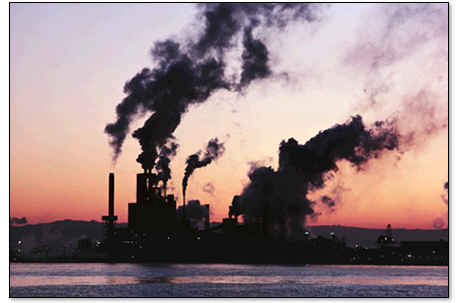 Adapting To Climate Change?
Adapting To Climate Change? Here's an e-mail response from Dr. Tenney Naumer, a climate scientist based in Brazil.
"This entire discussion misses the point that for severe climate change for many regions there is no such thing as adaptation.
Adaptation implies that you stick around and find a solution to what is hitting you. You know, like building dykes, finding alternative sources of water, making buildings stronger so that they can withstand increasingly severe storms, etc.
How do you adapt to a good portion of Florida being under water and most of the underground water being ruined by salt infiltration?
There is no adaptation. You lost.
Let's suppose a good portion of Texas becomes a dustbowl -- nothing can be grown on it. The dust storms and winds are so bad that solar and wind power plants become useless.
Another fail -- you lost again.
What about northern Canada? The melt will be so severe that the permafrost becomes perma-mush and nothing can be transported in or out by road. Pipelines sink into the mush and break.
Major fail -- you lost again.
Let's suppose that the warming becomes so severe in the Arctic that Greenland's ice sheet loses so much of its mass due to melting that the thermohaline circulation goes wacky for a decade causing major disturbances to agriculture, leading to a 50% loss in global food production.
Do you adapt to that? Nope.
Let's suppose that the Midwest goes through a severe drought, then a 500-year flood, then a drought, then another 500-year flood, then another drought....
Can farmers adapt to that? Just ask one."









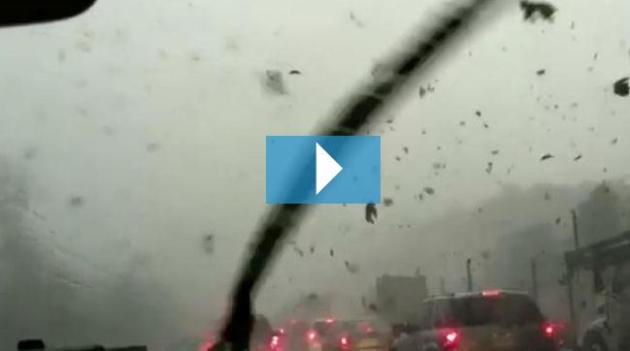











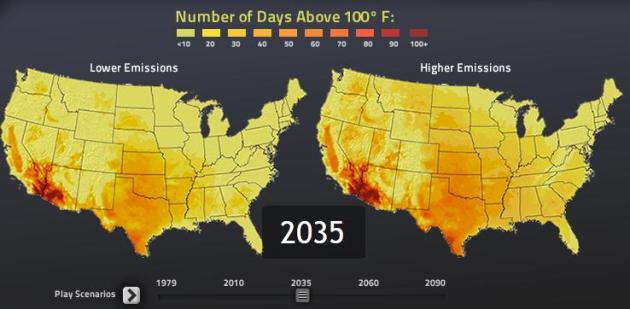




No comments:
Post a Comment